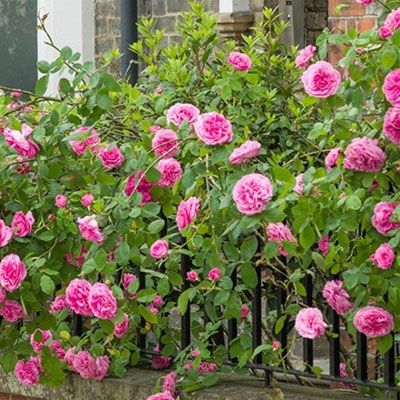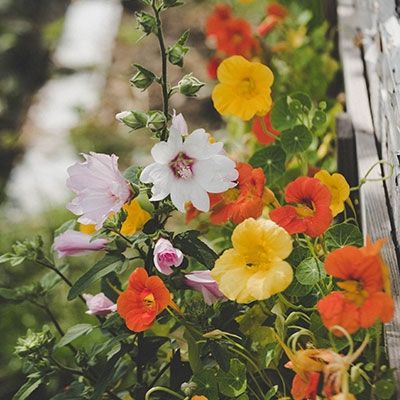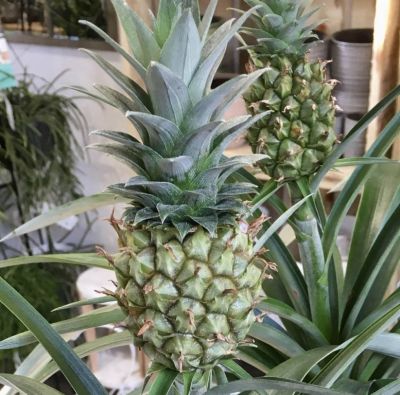Caring for Roses

How to Care for Roses
Few flowers say spring and summer in the UK quite like the classic rose. The nation's favourite flower, the variety of types, colours and scents
available are almost endless. Great for adding a touch of summer colour to the garden, we have listed our top tips to help you care for roses,
all year round.
Which Type of Rose Should you Choose?
The first question is what type of rose you should choose, depending on your outdoor space and where you intend to place your rose.
Bush Roses - This low-maintenance rose can be placed almost anywhere in the garden (depending on the variety). They can grow up to 3 feet
depending on their growing conditions.
Climbing Roses - These roses are great for training on a variety of
surfaces, including fences and pillars. They grow to a height of 6 – 20 feet, produce large, single flowers as well as smaller flowers on the patio
climbing roses. Some flower repeatedly, others flower once in the summer.
Rambling Roses - The rambling rose is different from the climbing rose in that rambling roses produce more clusters of flowers. They can be trained to climb on trellises and archways and can grow up to 40 feet tall. Some flower repeatedly, others flower once in the summer.
English Roses - Producing beautiful, highly scented full blooms, the English rose is ideal for those wishing to cut their roses for bouquets and arrangements. They can be trained to climb, however also look beautiful when grown in deep containers; some climbing English roses can grow to a height of 20 feet.
Our Top Rose Care Tips
Roses are not overly fussy when it comes to soil type – the only
requirement is that it’s well drained - however for best results it's a good idea to add some manure or garden compost.
Roses will enjoy a good feed. When feeding roses, there are two options. In spring, use a dedicated rose fertiliser, before adding an organic mulch such as rotted manure. OR, during the summer months, feed container grown roses every fortnight. Avoid doing both as this can be too much.
Full sun, partial light, shady areas...there's a rose for most aspects, so check the label when choosing the best one for you.
Even in shady areas, roses will still need at least four hours of sunlight every day. As a general rule, the more sun, the more flowers and the longer the flowering time!
Growing your roses in a container this summer? Keep them well watered: every day during warmer weather should do the trick. When the rose heads begin to wilt, it's a good idea to deadhead them to make way
for new blooms.
In areas with cleaner air, such as here in the Cumbrian countryside, spray your roses once every fortnight with a fungicide and insecticide to stave off problems such as black spot.
Our Plant Manager’s Top Tip: Roses are a lot easier to look after than people think. They just need some routine care – prune once a year, spray once a fortnight and dead head when needed. By following these simple tips you can get a repeat flowering rose to bloom from May to October. There are very few plants that would give you such a long flowering season in the garden.
Here at Beetham Nurseries, we have many roses both in The Garden Centre and online for you to choose from throughout the year, and our expert Plants Team are always on hand, should you have any specific queries when it comes to growing roses. So why not give roses a go in your garden?




